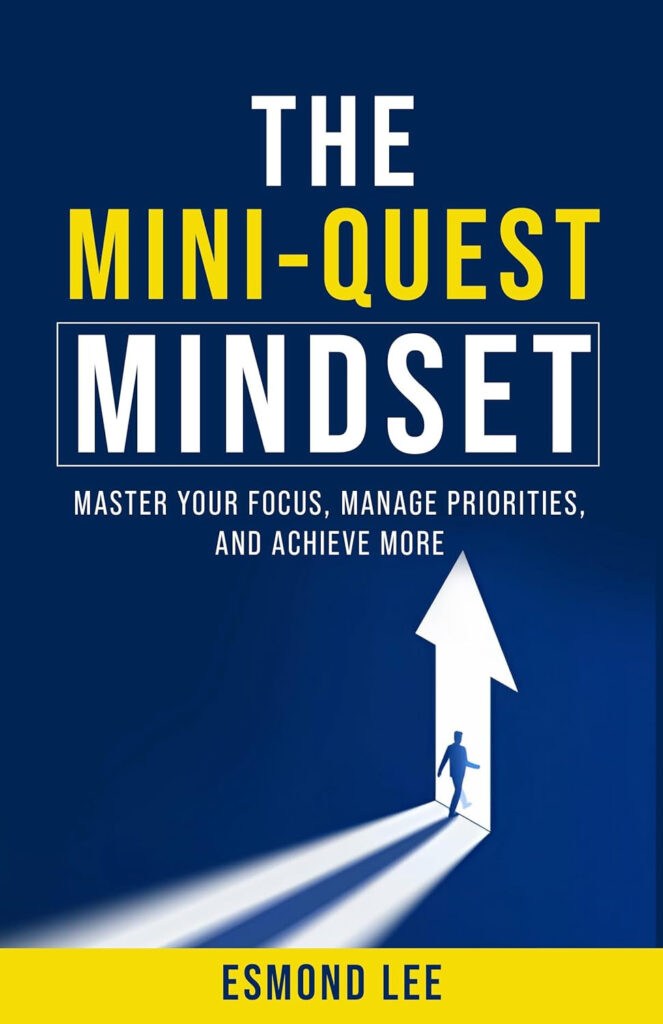
A common-sense companion for the overwhelming modern world, The Mini-Quest Mindset: Master Your Focus, Manage Priorities, and Achieve More by Esmond Lee is an innovative guide for taking back control over your priorities, attention, and productivity.
Burnout is a growing and worrying trend – the point when a person reaches a point of physical, mental, emotional, or occupational exhaustion, compromising their ability to perform tasks or live their life in a healthy and sustainable way. There are certain seasons in any life when responsibilities and pressures relentlessly pile up, and the subsequent to-do lists can feel overwhelming, or even paralyzing. This book provides a utilitarian method for remaining resilient through completing smaller tasks, rather than overwhelming oneself with the giant issues at hand.
As the title implies, consistent success comes through focusing on the minutiae, the small wins that add up to the big achievements, and the book encourages incremental progress through continuous forward movement, providing tools and techniques to help overcome mental and physical obstacles to help optimize output while maintaining overall well-being. Procrastination is inevitable if a job feels too big to handle all at once – a unique idea in the self-help field, which is often aimed at making sweeping, big-picture changes.
The intuitively structured and ordered chapters help readers break down large goals into manageable chunks, hone their focus on the given task at hand, maintain motivation with a novel reward system, implement a sustainable work-life balance, and continue moving forward, even in times of cognitive overload and low energy – which is key; it can be easy to complete tasks with full steam, but much more difficult when you lack motivation. These simple practices can quickly develop into habits, or lead to a complete restructuring of how you approach complex problems in all areas of life, from office culture and remote work responsibilities to relationships, parenthood, and community involvement.
Chapters 3 and 7, which relate to the gamification of productivity and the impact of a reward system, respectively, are two of the most powerful sections. These strategies are timeless yet tremendously helpful, as they essentially hack the body’s dopaminergic pathways to sustain mental positive momentum, motivating us to push through our seemingly endless to-do lists. The debunking of multitasking in Chapter 2 is also a refreshing take on an outdated concept, reminding readers that sacrificing quality and mental clarity for efficiency is a self-defeating approach.
What sets this book apart from other time-management guides is the practical and interactive nature of the advice – the suggested mini-quests are relevant to almost any person working in any industry, and are relatively easy to implement in one’s daily routine. The author’s personal anecdotes of his experiences with competing priorities and high-stress situations put these problems into clear and relatable perspective, and support the argument that this book can be used to address any type of problem.
On a purely technical note, the frequent use of bolding and italics, in combination with the bullet point lists, highlight boxes, and subheadings can make the reading experience somewhat visually distracting, but that doesn’t diminish the value of the eye-opening and accessible content. For people who feel that they are forever juggling a dozen responsibilities and deadlines, this book is a critical syllabus for streamlining efforts and sharpening focus, while avoiding the common perils of burnout.
Book Links
STAR RATING
Design
Content
Editing
Get an Editorial Review | Get Amazon Sales & Reviews | Get Edited | Get Beta Readers | Enter the SPR Book Awards | Other Marketing Services




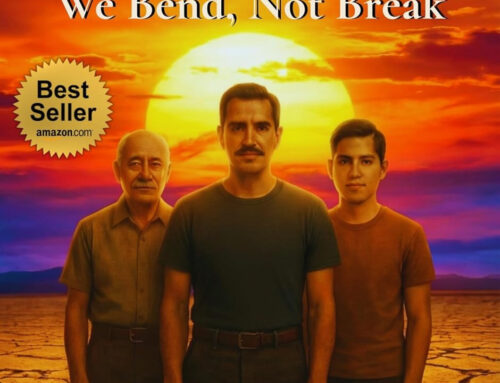
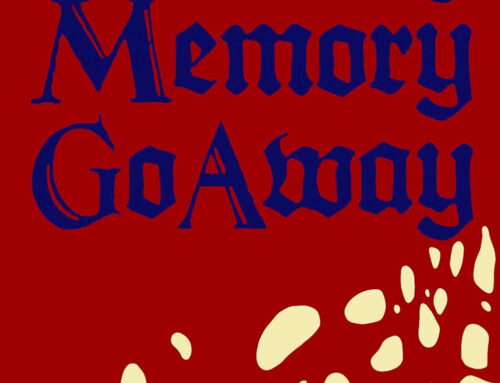


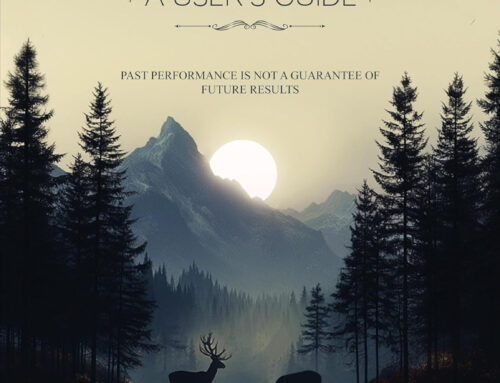





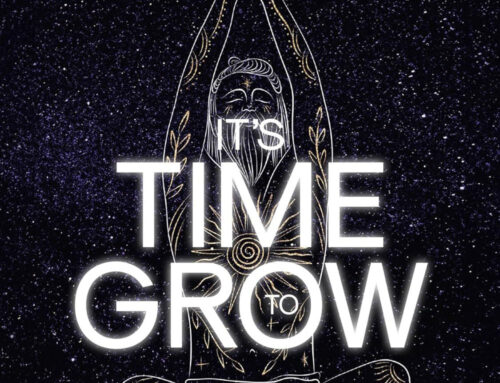








Leave A Comment